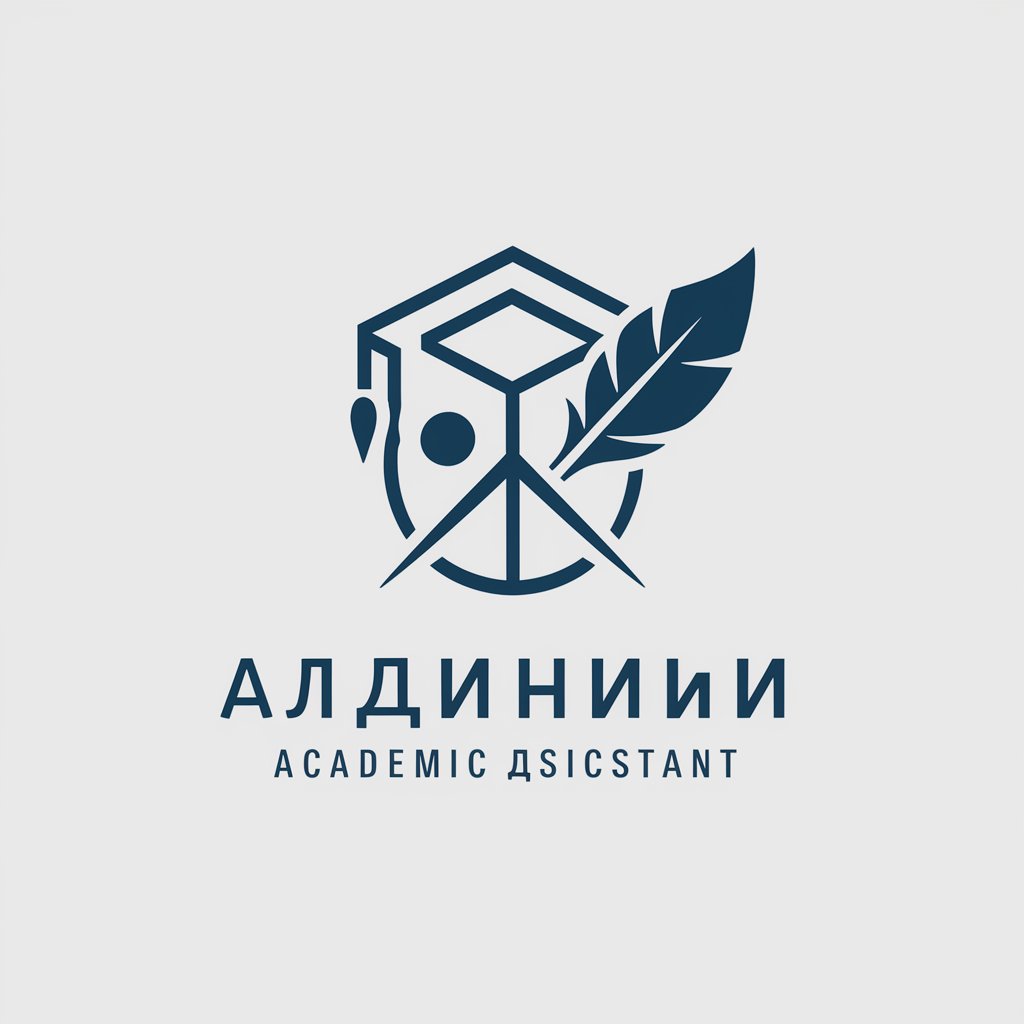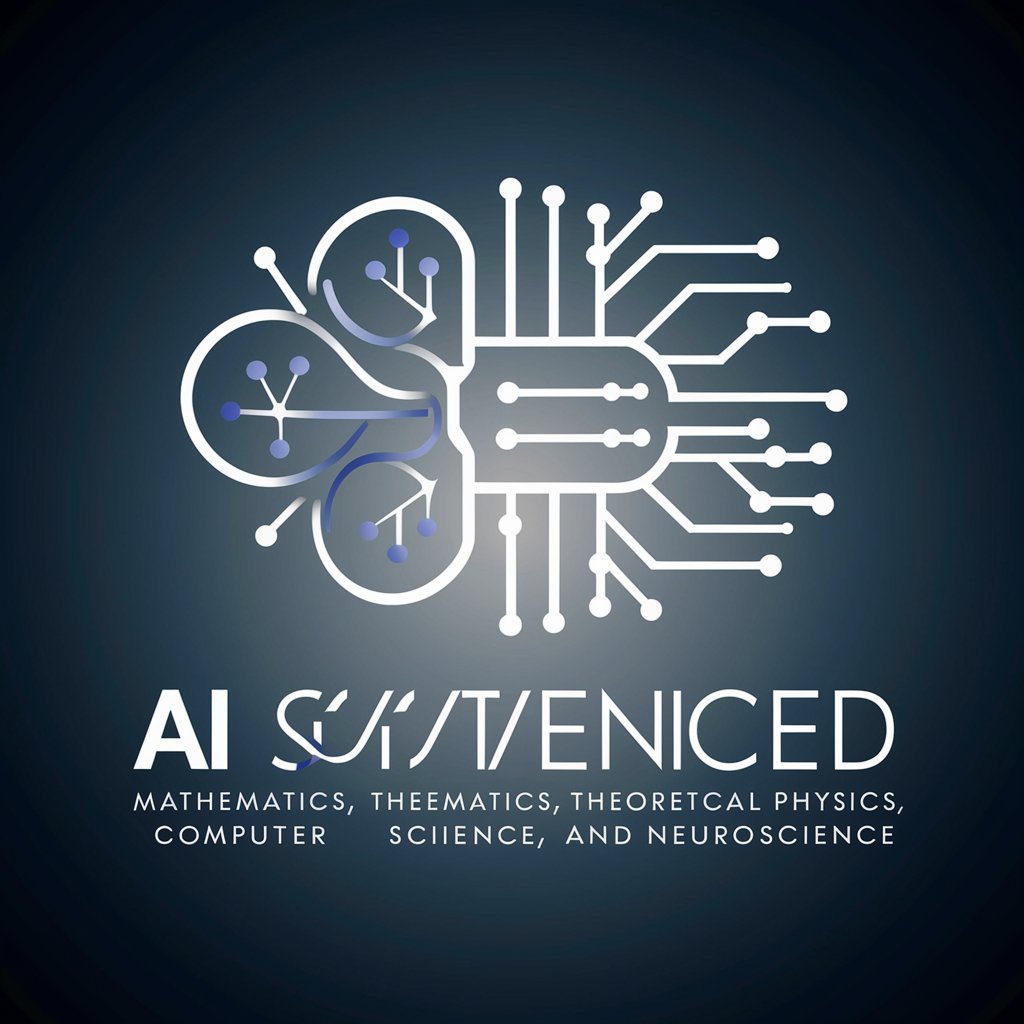
看图写论文 - image-to-text academic writing

撰写符合中文学术风格的论文,基于图像内容,文辭严谨、逻辑清晰。如果需要无需翻墙版官网GPT4,请加QQ群:475949989
AI-powered image analysis for academic writing
请根据这张图片写一篇论文。
描述这幅画并展开讨论。
这张图讲述了什么?请详细描述。
根据提供的图像,分析图中元素。
Get Embed Code
Introduction to 看图写论文
看图写论文 (GPT for image-based academic writing) is a specialized AI designed to generate detailed, scholarly essays based on image analysis. Its core function is to interpret the content of a given image—whether it's a photograph, diagram, or graph—and create a well-structured, formal academic piece in Chinese. The system focuses on logical consistency, thoroughness, and objective reasoning. The user can expect a carefully crafted response that delves into various elements within the image, such as visual details, contextual significance, or symbolic meaning. For example, if the input image is a chart showing climate data, the AI would generate an essay discussing the trends, interpreting the data in the context of global warming, and incorporating relevant academic theories. The purpose is to assist users in developing research-based content grounded in visual input, facilitating academic writing or analytical thought processes. Powered by ChatGPT-4o。

Main Functions of 看图写论文
Image-based Essay Generation
Example
A user uploads an image of a historical painting, and 看图写论文 generates a 300-word academic essay discussing the painting’s artistic style, historical context, and cultural significance.
Scenario
This function is ideal for art history students needing to analyze visual art and generate comprehensive essays for their assignments.
Scientific Data Interpretation
Example
An image of a bar graph representing population growth trends is provided. 看图写论文 writes a detailed analysis on demographic changes, identifying key factors driving the population increase and discussing implications.
Scenario
This could be used by sociology or economics researchers who need assistance in interpreting complex data visuals and transforming them into academic reports.
Detailed Descriptions of Visual Elements
Example
The AI analyzes an architectural photograph and creates a technical essay discussing the structural elements, materials used, and architectural style, referencing relevant architectural theories.
Scenario
This helps architecture students or professionals who need a detailed breakdown of visual elements in buildings for research papers or presentations.
Comparative Visual Analysis
Example
Two images of different ecosystems are uploaded. 看图写论文 writes a comparative essay that examines the ecological differences, discussing species diversity, climate variations, and environmental factors.
Scenario
This function could be applied in environmental science studies, where students or researchers need to compare different environments through visual representations.
Contextual Analysis and Inference
Example
A photograph of a protest is submitted, and the AI generates a 500-word essay analyzing the social and political context, inferring the possible causes, and discussing the implications of the event depicted in the image.
Scenario
This would be useful for political science students or researchers looking to explore social movements or political events through visual analysis.
Ideal Users of 看图写论文
Academic Researchers
Researchers in fields such as history, sociology, or art often work with visual materials like photographs, charts, and diagrams. 看图写论文 can assist them in generating detailed, formal analyses based on these visual inputs, saving time and providing a fresh perspective on image-based research.
Students in Humanities and Social Sciences
Students studying disciplines like history, political science, or cultural studies often need to interpret and analyze images, such as historical photos, political cartoons, or art pieces. 看图写论文 helps them structure their visual interpretations into well-organized essays, aiding in assignment completion and research projects.
Scientists and Data Analysts
Professionals who deal with complex data visualizations, such as graphs, charts, or scientific diagrams, can use 看图写论文 to translate these visuals into comprehensive, written analyses. This is particularly useful in fields like environmental science, biology, and economics, where data interpretation is crucial.
Architects and Designers
Architects or students in architecture can benefit from 看图写论文 by having the system analyze photographs or drawings of buildings, generating insightful essays on architectural styles, structural elements, and design principles, which can aid in their presentations or reports.
Journalists and Media Analysts
Journalists or media analysts often work with photographs or visual data to support their stories. 看图写论文 can help them create detailed, objective analyses of visual content, such as images from protests, political events, or social phenomena, offering deeper context and narrative clarity.

How to Use 看图写论文
1
Visit yeschat.ai for a free trial without login, also no need for ChatGPT Plus.
2
Upload or share the image you wish to analyze. Make sure the image is clear and contains sufficient information to generate a detailed academic-style analysis.
3
Review the automatically generated text. The tool will write an academic essay or report based on the image, covering all visual elements and inferred details.
4
Make any manual adjustments or edits. The generated content can be customized to fit the specific needs of your assignment, research, or project.
5
Download or copy the text. After finalizing the analysis, export your content for use in academic papers, presentations, or other projects.
Try other advanced and practical GPTs
PASONAの法則LPライター
AI-powered tool for optimized landing pages

Gardening Guru
AI-powered gardening assistant for everyone

Google Ads Copy Wizard for Pmax
AI-optimized ad copy for better results

Social Media Avenger
AI-powered tool for social media success

GPT Roteirista
AI-driven scriptwriting for captivating videos

Daily Market Analyse 📊
AI-powered real-time Forex insights.

Precise GPT
AI-driven insights, tailored for precision.

📅 タスク管理AI
AI-powered task management and scheduling

MaterialMaestro
AI-powered materials science support

ISO Standards Regulatory Assistant
AI-powered assistant for ISO compliance.

Frontend Developer
AI-Powered Assistant for Frontend Developers

电气工程教授
AI-powered Electrical Engineering Assistant

Common Questions About 看图写论文
What kind of images can 看图写论文 analyze?
看图写论文 can analyze a wide range of images, including charts, diagrams, photographs, and complex visual data. The tool is optimized for academic and research-related images, so it works best with visuals that contain significant detail and information.
Do I need to provide any text input along with the image?
No, you do not need to provide additional text. The AI generates comprehensive written content based solely on the visual elements present in the image. However, you may customize the output after the analysis if needed.
Is the tool only for academic writing?
While it is designed for academic purposes, 看图写论文 can also be used for professional reports, presentations, and any other scenario that requires a formal, detailed analysis of visual content.
Can I use 看图写论文 for non-educational images?
Yes, the tool can generate analysis for any type of image. However, its strength lies in its ability to interpret complex, detailed visuals often found in academic or research settings.
What languages does 看图写论文 support?
Currently, the tool is optimized for writing in Chinese, but it can analyze any image regardless of language. In the future, it may support other languages for text generation.




